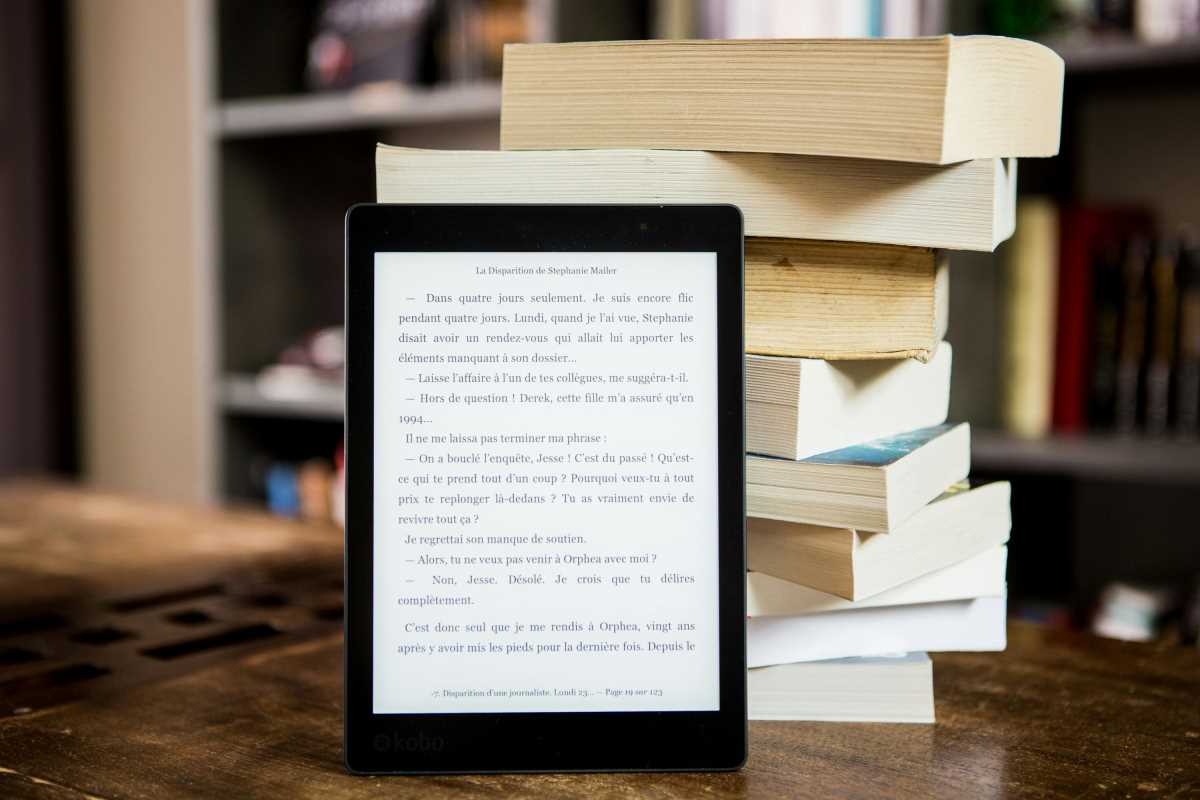For students, deciding between renting physical textbooks and transitioning entirely to digital formats is no small feat. This choice can significantly impact your budget, learning experience, and even the environment. Below, we’ll break down the pros and cons of each option, helping you make an informed decision for the upcoming academic year.
Financial Implications
Physical Textbooks
Renting physical textbooks can be a cost-effective alternative to purchasing them outright. According to research, renting typically saves students 50-80% of the cost compared to buying new books. However, these savings might not always hold up in the long run, particularly if books are lost or damaged since late fees or replacement costs can add up.
On the other hand, some professors assign editions that are frequently updated, making re-rental expensive and frustrating if the required version changes each term.
Digital Formats
Digital textbooks often come at a lower upfront cost compared to new physical ones. Platforms like VitalSource and Chegg offer subscription models or individual rentals, sometimes saving more than rental fees for hard copies. Additionally, free or open-access digital textbooks are increasingly available through universities and organizations. However, costs can still climb when software licenses or e-readers are required.
For students who lean heavily on highlighting and note-taking tools, some paid platforms charge extra for these premium features, negating their initial cost-effectiveness.
Environmental Impact
Physical Textbooks
Printed books come with environmental costs tied to paper production, transportation, and eventual disposal. While renting reduces waste, it can't entirely offset the carbon footprint of manufacturing physical texts. And when books can no longer be rented out due to wear and tear, they often end up in landfills.
Digital Formats
Digital materials are undeniably more eco-friendly in terms of long-term sustainability. With no paper and reduced transportation emissions, e-books are a greener alternative. However, e-readers, tablets, and the energy needed to power digital devices do contribute to electronic waste and emissions, somewhat complicating the “environmentally friendly” label.
Accessibility and Convenience
Physical Textbooks
Physical textbooks offer reliability. You never have to worry about your book crashing, running out of battery, or needing Wi-Fi. Flipping through pages and jotting down notes in the margins can help students interact with the material in a tactile way. However, textbooks can be bulky, expensive to ship, and difficult to carry when you have multiple on hand.
Digital Formats
Digital formats shine in convenience. They’re portable, easily stored on a single device, and allow for instant access to content via downloads. Accessibility features like text-to-speech and adjustable fonts also make e-books a game-changer for students with disabilities.
Still, digital formats come with challenges. Extended screen time can strain your eyes, and navigating large e-books can feel clunky on some platforms. For students without reliable internet or access to devices, digital solutions can become a hindrance rather than a help.
Learning Outcomes and Student Engagement
Studies have shown that students may retain information differently depending on the medium. Evidence suggests that physical books encourage deeper reading and comprehension, fostering better retention of dense material. Because they eliminate distractions like notifications, many students find physical books help them stay focused.
That said, digital textbooks often come with features like search functions, built-in flashcards, and hyperlinks to supplemental materials. These tools may enhance learning for students who thrive on interactivity. However, for others, the lure of social media and web browsing can detract from effective study sessions.
Practical Advice for Students
Here are some tips to help you determine the best option based on your needs:
- Assess Your Budget
- If saving money is your top priority, renting physical books may still offer the best value. Check online platforms like Amazon and local bookstores for competitive rates.
- If affordable digital formats are available for your courses, consider exploring free resources such as OpenStax.
- Consider Your Learning Style
- Students who prefer tangible materials and note-taking may do better with physical textbooks.
- If you’re tech-savvy and benefit from interactive tools, digital formats might suit you better.
- Factor in Device Access and Reliability
- Have a reliable laptop or tablet? Digital options maximize portability.
- Struggling to afford or maintain tech devices? Stick to traditional textbook rentals.
- Look for Hybrid Solutions
- Some courses offer both print and digital resources. Using physical textbooks for core reading while incorporating supplemental digital tools may give you the best of both worlds.
- Think About Long-Term Use
- If a textbook will serve as a long-term reference, buying a physical copy might make sense.
- For short-term needs or introductory classes, digital rentals could save time and money.
Finding What Works for You
The choice between physical and digital textbooks boils down to practicality and preference. While some students may find comfort in flipping through well-worn pages, others might appreciate the streamlined, Eco-conscious nature of e-books. Whichever path you choose, prioritize tools and materials that keep you engaged, support your learning, and fit within your academic budget. Use this guide to weigh your options and feel confident heading into your next semester.







